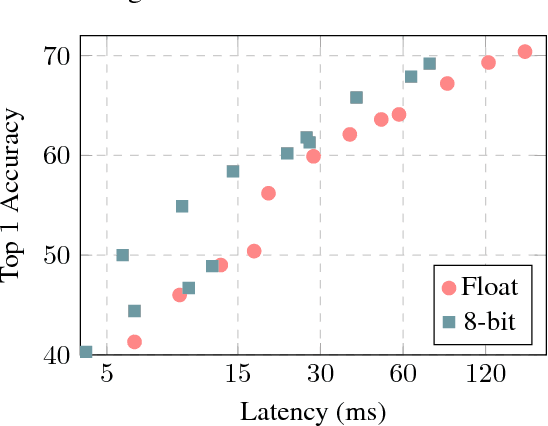Matthew Tang
FuSSI-Net: Fusion of Spatio-temporal Skeletons for Intention Prediction Network
May 15, 2020



Abstract:Pedestrian intention recognition is very important to develop robust and safe autonomous driving (AD) and advanced driver assistance systems (ADAS) functionalities for urban driving. In this work, we develop an end-to-end pedestrian intention framework that performs well on day- and night- time scenarios. Our framework relies on objection detection bounding boxes combined with skeletal features of human pose. We study early, late, and combined (early and late) fusion mechanisms to exploit the skeletal features and reduce false positives as well to improve the intention prediction performance. The early fusion mechanism results in AP of 0.89 and precision/recall of 0.79/0.89 for pedestrian intention classification. Furthermore, we propose three new metrics to properly evaluate the pedestrian intention systems. Under these new evaluation metrics for the intention prediction, the proposed end-to-end network offers accurate pedestrian intention up to half a second ahead of the actual risky maneuver.
Progress Notes Classification and Keyword Extraction using Attention-based Deep Learning Models with BERT
Oct 24, 2019



Abstract:Various deep learning algorithms have been developed to analyze different types of clinical data including clinical text classification and extracting information from 'free text' and so on. However, automate the keyword extraction from the clinical notes is still challenging. The challenges include dealing with noisy clinical notes which contain various abbreviations, possible typos, and unstructured sentences. The objective of this research is to investigate the attention-based deep learning models to classify the de-identified clinical progress notes extracted from a real-world EHR system. The attention-based deep learning models can be used to interpret the models and understand the critical words that drive the correct or incorrect classification of the clinical progress notes. The attention-based models in this research are capable of presenting the human interpretable text classification models. The results show that the fine-tuned BERT with the attention layer can achieve a high classification accuracy of 97.6%, which is higher than the baseline fine-tuned BERT classification model. In this research, we also demonstrate that the attention-based models can identify relevant keywords that are strongly related to the clinical progress note categories.
Quantization and Training of Neural Networks for Efficient Integer-Arithmetic-Only Inference
Dec 15, 2017



Abstract:The rising popularity of intelligent mobile devices and the daunting computational cost of deep learning-based models call for efficient and accurate on-device inference schemes. We propose a quantization scheme that allows inference to be carried out using integer-only arithmetic, which can be implemented more efficiently than floating point inference on commonly available integer-only hardware. We also co-design a training procedure to preserve end-to-end model accuracy post quantization. As a result, the proposed quantization scheme improves the tradeoff between accuracy and on-device latency. The improvements are significant even on MobileNets, a model family known for run-time efficiency, and are demonstrated in ImageNet classification and COCO detection on popular CPUs.
 Add to Chrome
Add to Chrome Add to Firefox
Add to Firefox Add to Edge
Add to Edge